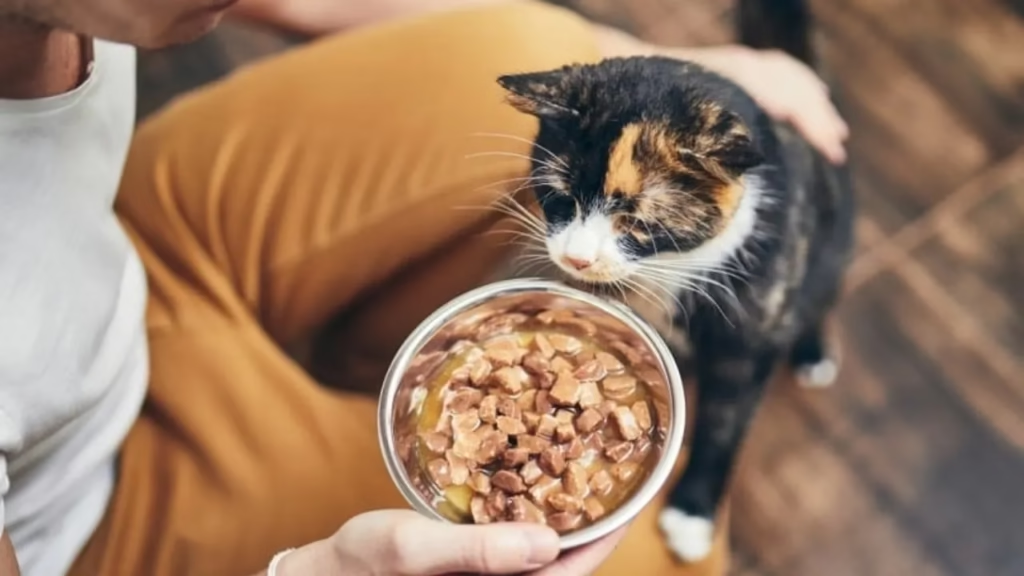Cats have always been surrounded by mystery, superstition, and plenty of half-truths. From being worshipped in ancient Egypt to starring in countless internet memes, our feline friends are often misunderstood. While some myths are harmless, others can affect how we care for and understand our cats.
As a cat parent or pet lover, it’s important to separate fact from fiction so that your kitty gets the love and care it truly deserves. In this article, we’ll bust the top 7 myths about cats you still believe and explain what’s really true.
Myth 1: Cats Always Land on Their Feet
One of the most common cat myths is that felines always land safely on their feet. While cats are naturally agile and have a “righting reflex” that helps them twist midair, this doesn’t guarantee a safe landing every time.
In fact, cats can and do get injured when falling from heights. Veterinarians even have a name for this—High-Rise Syndrome—which refers to injuries from cats falling out of windows or balconies.
✅ Truth: Cats have impressive balance and reflexes, but they can still suffer fractures, sprains, or worse from falls. That’s why keeping windows screened and balconies cat-proof is essential for your pet’s safety.
Myth 2: Cats Are Low-Maintenance Pets
Many people believe cats don’t need much attention because they’re independent. While cats may not demand constant walks like dogs, they still require mental stimulation, exercise, companionship, and proper care.
Cats can get bored, lonely, or even depressed if left alone for long hours without interaction. They need playtime, scratching posts, climbing areas, and human affection to thrive.
✅ Truth: Cats are relatively easier to care for compared to some pets, but they are not “set it and forget it” animals. A happy cat is one that’s engaged, well-fed, and loved.
Myth 3: Cats Hate Water
You’ve probably seen countless videos of cats avoiding baths or pawing at spilled water. This has led to the widespread belief that all cats hate water. But that’s not true for every feline.
Some breeds, like the Turkish Van or Bengal, actually enjoy swimming and playing in water. Even among typical housecats, many don’t mind dipping their paws in a fountain or drinking from a running tap.
✅ Truth: Cats don’t universally hate water. Their reaction depends on past experiences, breed tendencies, and individual personalities. If you introduce water positively from a young age, many cats will tolerate or even enjoy it.
Myth 4: Cats Are Aloof and Don’t Love Their Owners
Another big misconception is that cats are cold, distant, and only stick around for food. While cats do show affection differently than dogs, that doesn’t mean they don’t bond deeply with their humans.
Research has shown that cats form secure attachments to their owners, similar to babies with parents. Cats may purr, knead, follow you around, or bring you little “gifts” (like toys—or sometimes insects!) as signs of love.
✅ Truth: Cats express love in subtle ways. They may not wag their tails or jump on you like a dog, but their slow blinks, head bunts, and cuddles are their way of saying, “I love you.”
Myth 5: Cats Can See in Complete Darkness
We’ve all heard the saying that cats can see in the dark. While cats do have excellent night vision, they can’t see in total darkness. What they do have is a higher number of rod cells in their eyes, allowing them to see better than humans in low light.
This adaptation helped their wild ancestors hunt during dawn and dusk. However, cats still need at least a small amount of light to see.
✅ Truth: Cats have superior low-light vision but are not equipped with supernatural night vision. Leaving a small nightlight on can help your cat move around safely in the dark.
Myth 6: Pregnant Women Should Avoid Cats
This myth comes from concerns about toxoplasmosis, a disease that can be transmitted through cat feces and may harm unborn babies. While toxoplasmosis is a legitimate risk, completely avoiding cats during pregnancy is unnecessary.
With proper hygiene—such as having someone else clean the litter box, wearing gloves, or washing hands thoroughly—pregnant women can safely live with cats. Indoor cats that don’t hunt or eat raw meat are at very low risk of carrying toxoplasmosis anyway.
✅ Truth: Pregnant women don’t have to give up their cats. A few simple precautions keep both mom and kitty safe.
Myth 7: Cats Can Be Vegan Like Humans
With the rise of plant-based diets, some cat owners wonder if their pets can thrive on vegan food. The short answer is: no. Cats are obligate carnivores, meaning they require nutrients found only in animal tissue, such as taurine and arachidonic acid.
A vegan diet can lead to severe health problems for cats, including heart disease, blindness, and malnutrition. While there are vegetarian pet foods on the market, they often require synthetic supplements, and even then, they may not meet a cat’s biological needs.
✅ Truth: Cats need animal protein to survive and thrive. If you want a vegan pet, consider adopting a rabbit or guinea pig—but never force your cat onto a plant-based diet.
Final Thoughts
Cats are amazing, complex creatures that have been misunderstood for centuries. Busting these myths helps us give them the respect, care, and love they deserve.
- No, cats don’t always land on their feet.
- No, they’re not completely low-maintenance.
- And yes—they really do love us, even if they show it differently.
As cat parents, understanding the truth behind these myths allows us to keep our furry friends healthier, happier, and closer than ever.
So the next time someone tells you one of these myths, you’ll know better—and your cat will thank you with a slow blink or a soft purr.


